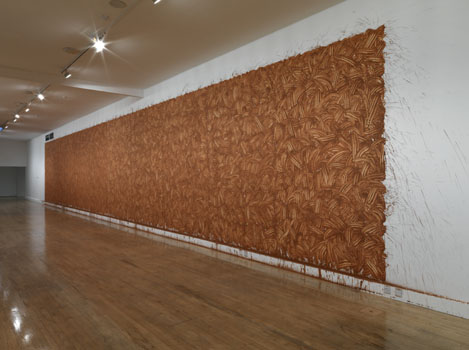The Romantics elevated the act of walking to the status of a secular rite. Jean-Jacques Rousseau, author of The Reveries of the Solitary Walker, had two distinct ways of walking, each of which, for him, was equivalent to a different way of being. The first type was empirical-celebratory, a rapturous embrace of the splendours of nature: “I liked to look for some wild spot in the forest ... some sanctuary which I could think I was the first person to reach, where no annoying third person would come between nature and myself. There nature seemed to unfold before my eyes an ever-new magnificence ... with a richness that moved my heart...”
The second type, metaphysical-mystical, involved looking up to the heavens rather than down to the things of this world. Rousseau tended to embark on this kind of walk at night: “Soon I lifted up my ideas from the surface of the earth to all the beings of nature, to the universal system of things ... With a sort of pleasure I felt overwhelmed by the weight of the universe; with delight I gave myself up to the confusion of these great ideas; in imagination I loved to lose myself in space.”
For the Lakeland poets, Wordsworth and Coleridge, perambulation through stretches of untamed nature was a necessary prelude to the composition of verse. William Hazlitt, who knew both men, believed that Wordsworth’s insistent sense of meter and Coleridge’s speculative, gadfly intellect were reflected in their very ways of walking: “Coleridge has told me that he himself liked to compose in walking over uneven ground, or breaking through the straggling branches of a copse-wood; whereas Wordsworth always wrote (if he could) walking up and down a straight gravel-walk, or in some spot where the continuity of his verse met with...


